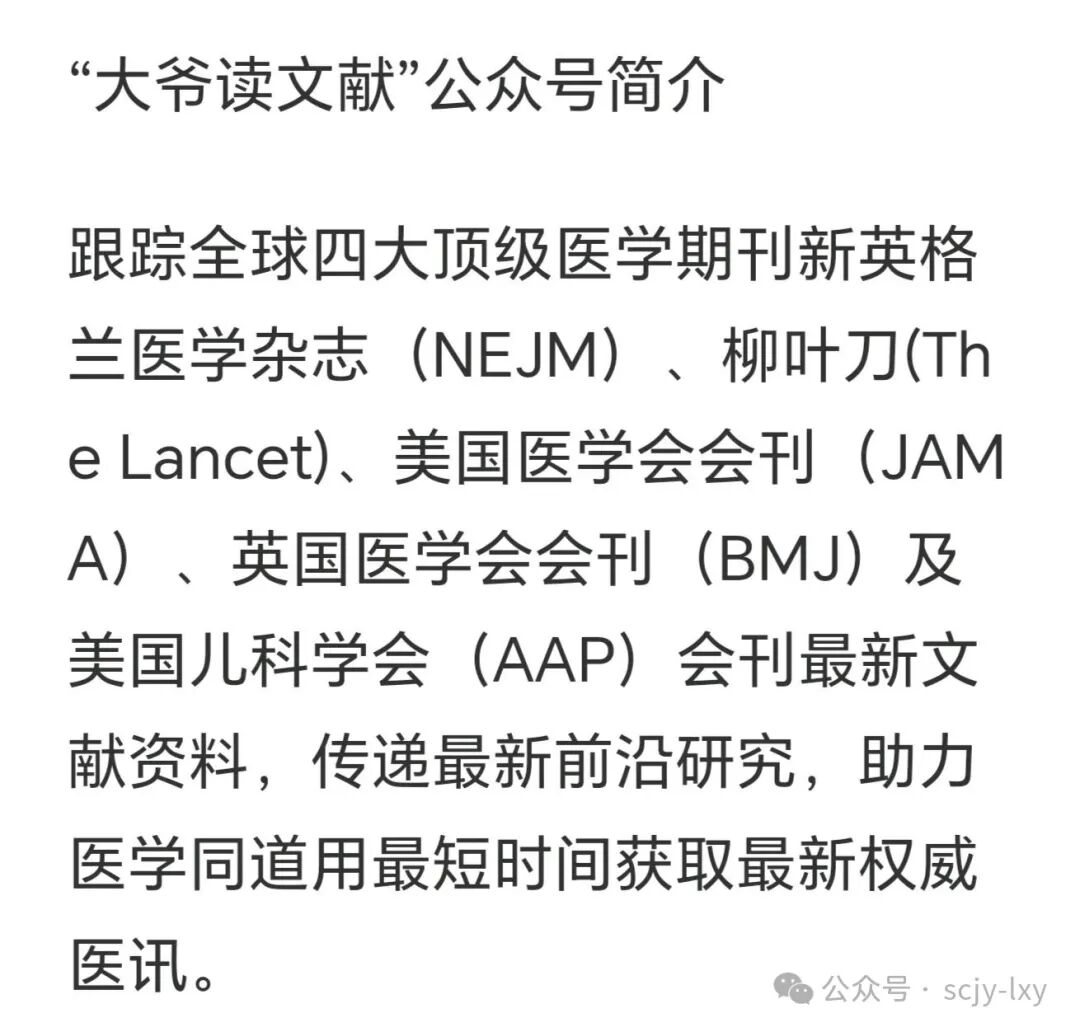 Respect for originality
Respect for originality
1. Research Objective: Currently, the reference values for regional cerebral oxygen saturation (rScO2) in preterm infants across different gestational age groups are not well defined. This study aims to establish reference ranges for rScO2 in preterm infants born at <32 weeks of gestation.
2. Study Design: A prospective observational cohort study.
3. Study Setting: A large tertiary neonatal referral center established in Croatia.
4. Study Subjects: Preterm infants born between 2018 and 2022 without major comorbidities and with normal cranial ultrasound findings.
5. Interventions: rScO2 was measured using neonatal sensors through near-infrared spectroscopy (NIRS).
6. Main Outcomes and Indicators: After preliminary analysis of the collected data, reference ranges for rScO2 in the preterm study group were obtained, followed by stratified analysis based on gestational age: extremely preterm (<28.0 weeks), very preterm (28.0–30.0 weeks), and preterm (30.1–32.0 weeks). Group data were analyzed using regression models to study rScO2 percentiles (5th, 10th, 50th, 90th, and 95th) from 6 to 72 hours after birth.
7. Research Results: A total of 114 preterm infants with a median gestational age of 29.9 (29.1–31.5) weeks were included, of which 22% were <28 weeks, 29% were 28–30 weeks, and 49% were >30–32 weeks. The median rScO2 measured at 6 hours was 75.6%, 79.5% within the first 24 hours, and exceeded 80% in the subsequent 48 hours. When analyzed separately, significant differences were observed between the preterm groups, with the highest median rScO2 in the >30–32 weeks group. Further comparative analysis of rScO2 values across the three gestational age groups showed significant differences at 48 and 72 hours. The 5th percentile of rScO2 was mostly ≥60% between 6 and 72 hours, with the lowest value of 56.3% at 6 hours in the <28 weeks group. Therefore, for all gestational age subgroups of preterm infants, the 5th percentile of rScO2 values from 6 to 72 hours was above the threshold for brain hypoxia.
8. Research Conclusion: Researchers used age-appropriate neonatal NIRS sensors to provide reference values for rScO2 from 6 to 72 hours after birth for extremely and very preterm infants without major comorbidities.
Regional cerebral oxygen saturation references in extremely and very preterm neonates using neonatal sensors: a prospective observational cohort study by Ruža Grizelj, Martin J Ryll.
Objective: Reference values of regional cerebral oxygen saturation (rScO2) in preterm neonates across gestational age (GA) groups remain undefined. This study aimed to establish rScO2 references for neonates born before 32 weeks of gestation.
Design: A prospective observational cohort study.
Setting: Large tertiary neonatal referral centre in Croatia.
Patients: Preterm neonates without major comorbidities born between 2018 and 2022 with normal cranial ultrasound findings.
Interventions: rScO2 was assessed with near-infrared spectroscopy (NIRS) using neonatal sensors.
Main outcome measures: The primary analysis provided rScO2 reference ranges for the entire preterm neonatal cohort, followed by stratified analyses based on GA: extremely preterm, <28.0 weeks; very preterm, 28.0–30.0 weeks; and very preterm, 30.1–32.0 weeks. Quantile regression was used to estimate the selected rScO2 percentiles (5th, 10th, 50th, 90th and 95th) from 6 to 72 hours after birth.
Results: 114 neonates with median (IQR) GA of 29.9 (29.1–31.5) weeks were included: 22% were EP<28w, 29% were VP28–30w and 49% were VP>30–32w. The median rScO2 was 75.6% at 6 hours, 79.5% over the first 24 hours and exceeding 80% in the subsequent 48 hours. When analysed separately, notable differences emerged across prematurity categories, with the highest median rScO2 observed in the VP>30–32w group. Supplementary analyses, comparing rScO2 values across the three GA groups, revealed significant differences at 48 and 72 hours. The majority of the estimated rScO2 fifth percentiles between 6 and 72 hours were in the range ≥60%, with a single lowest estimate of 56.3% at 6 hours in the EP<28w group. Thus, for all subgroups, the estimated fifth percentile of rScO2 was above the brain hypoxic threshold.
Conclusions: The use of age-appropriate neonatal NIRS sensors provided the rScO2 reference values for very and extremely preterm neonates without major comorbidities 6–72 hours after birth.